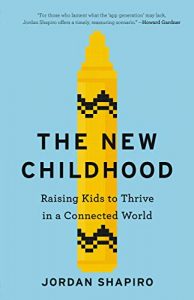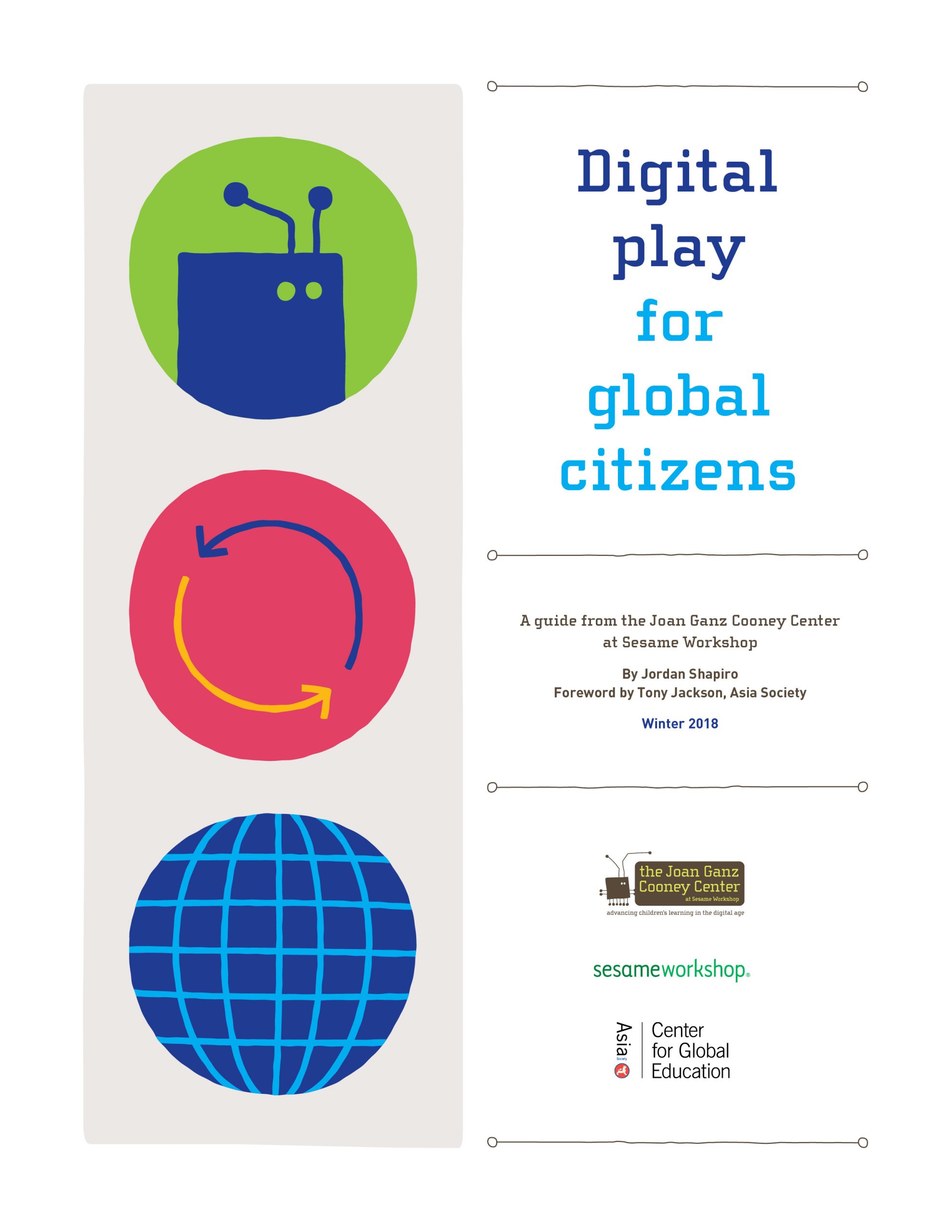Jordan Shapiro, author of The New Childhood: Raising Kids to Thrive in a Connected World, recently took the time to answer questions that readers submitted. Stay tuned for more next week.
You say that a lot of adults are suffering from “technophobia.” What does that mean? And where does it come from?

As humans, we mediate most of our experiences through tools. Technology is so ordinary and ubiquitous that we barely notice most of it. Roads, chairs, clocks, forks, languages, government, agriculture, plumbing, monetary currency: these things are all technologies that humans use regularly.
All of these tools do more than just make our lives easier. They also contour our thinking. In order to use them well, we need to construct specific narratives about our experiences in the world. We need to think about the world in ways that are aligned with those tools. And therefore, a transformational shift in tools represents a threat to the status quo, not only on the everyday practical level—how we communicate, shop, work, entertain ourselves—but also on deeper psychological levels: how we imagine ourselves, the way we assemble our identities, how we relate to other people.
So, at its core, technophobia represents a fear of ideological change. It’s a resistance to the uncertainty that comes along with new ideas. From this perspective, it’s completely understandable that parents would be scared of unfamiliar ways of thinking. After all, it can be very difficult to identify the dangers associated with unfamiliar ways of being, let alone protect your children from them.
But it’s not as hard as grownups think. That’s why I wrote the book. I wanted to quell those fears, to offer an image of the future that feels a little less destabilizing to parents.
I heard an interview on NPR in which you said kids might not be losing themselves in their devices, but rather, finding themselves. “What if that’s the way they’re going to learn how to articulate themselves, how to live a fulfilled life, how to live an authentic life in a world that’s connected?” What did you mean by that? How can a child find and articulate himself in his device?
It’s not really that the child can find himself in a device. Nobody is hidden inside a smartphone or a tablet. And most people—even children—are already very well acquainted with themselves. That’s the easy part of being human.
The hard part—what people are describing when they talk about “finding themselves”—is learning how to show up, learning how to live your external life in a way that’s aligned with your internal being, learning how to organize the material reality of the world so that it corresponds with one’s unique emotional or psychic reality. And this is what I mean when I talk about “articulation.” We might also think of it as a kind of “expression.”
The point is that the process of mediating between internal and external human experience requires tools. But even before you can leverage those tools as an instrument of self-expression or self-articulation, you need to be able to imagine yourself in a way that’s aligned with the logic of the technology. This is something that we all learn through practice, and the best practice for this involves playing with these devices in creative and imaginative ways when you’re young.
Would you call the chair that my family uses, passed down from a great-great uncle, an “obsolete technology of family values”? It definitely tethers us to the long thread of history.
I probably wouldn’t even call your chair a technology of family values at all. It’s really a technology for sitting. But it sounds like your family has imbued the chair with a lot of valuable symbolic meaning. And I’m assuming that you often tell each other stories about your great-great uncle while using the chair. And therefore, it also functions as a “prop” in oral storytelling. That’s great! If it feels powerful and vibrant to your family, it’s certainly not obsolete.
Please understand that in The New Childhood, I’m really using the idea of “obsolete technologies of family values” as a rhetorical device. I don’t really think the old ways of communicating family values are necessarily problematic. But I do think that folks often mistake the means for the ends. In other words, we start to think that the old objects or the old rituals are what matter. When what really matters is that we help our kids feel connected to their ancestral lineage, to old values, to ancient wisdom.
Today’s kids are hyper-connected to everything except the past. And so often, grownups complain that they can’t get kids to focus on the things that once made parents feel connected to the past. I’m simply suggesting that instead of complaining, we should reconstruct some of the old things in ways that make them feel more engaging and relevant to a new era.
It seems to me that this is precisely the lesson we learn from the things that tether us to the long thread of history. Whether it’s religious, cultural, or familial, it’s pretty clear that some institutions have been able to evolve and adapt—to make old wisdom remain relevant in new contexts—while other institutions have dug in too deep, struggling to keep their messages rigidly tied to one technological and economic context. Ultimately, the latter tend to be left behind.


